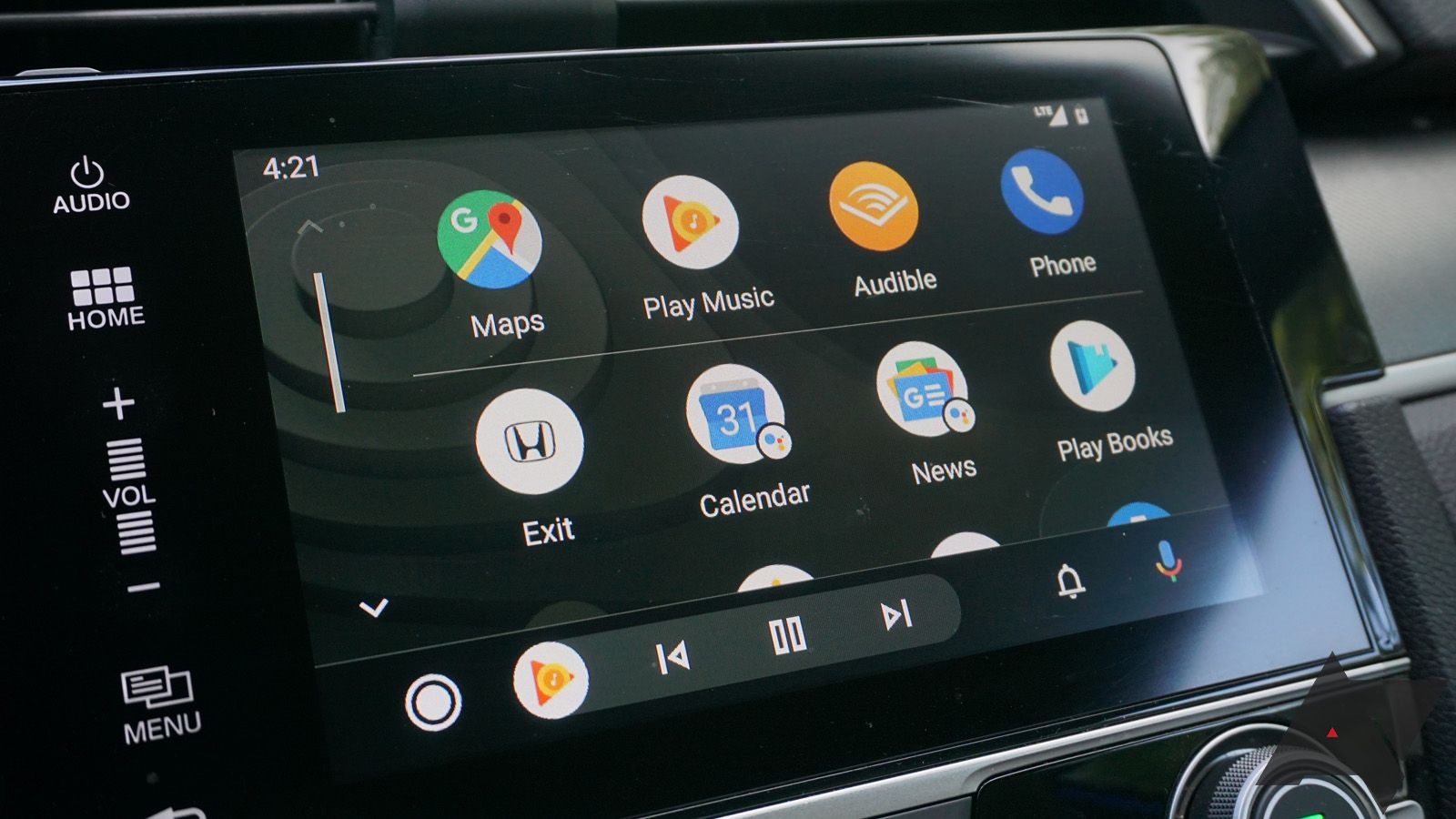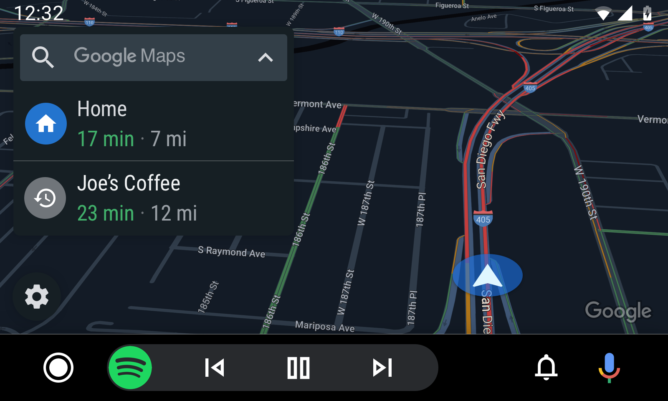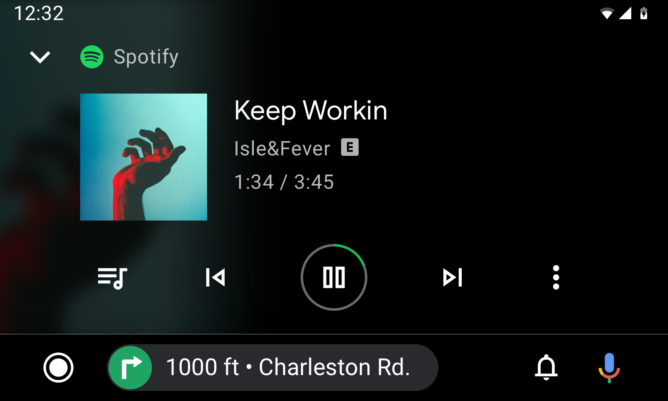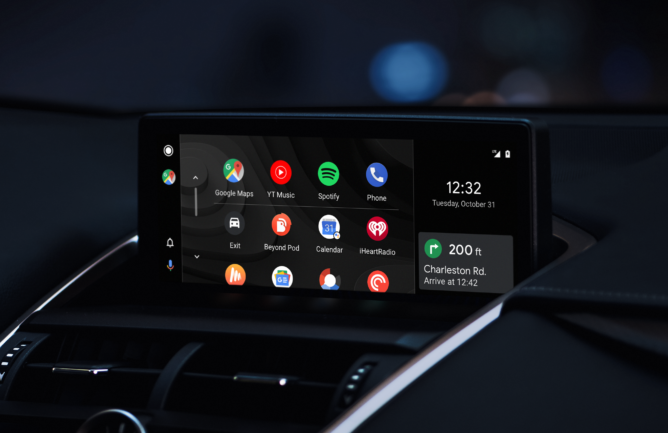Google released Android Auto four years ago, and carmakers have largely embraced Google's take on infotainment. You can plug almost any Android phone into a supported vehicle and get the same interface, which is nearly unaltered since AA's 2015 debut. That will start changing today with the release of the revamped Android Auto. Google previewed the new Android Auto at I/O this year, and I've had the chance to use it in my car for the last week.
The new Android Auto adds some features I've wanted since the original release, but the core of the experience—the apps—remain mostly the same. At the same time, Auto's Assistant features get more prominent placement, and some of my favorite notification features get the boot.
A new look
You'll immediately see the difference after booting into the new Android Auto. It has an honest to goodness home screen with your most recently used apps up at the top. The rest of your apps live in a scrollable list below that. This makes it easier to know when your phone apps have Auto modules because they're all in one place instead of hiding in the double-tap menus of the old UI. Features that are exclusively voice-based (like News and the Calendar) have app icons in the list with a small Assistant badge. That makes them easier to access, so you don't have to remember to use an Assistant command.
The navigation bar is completely different in the new Android Auto as well. Your home button is on the far left (more accessible for the driver), and the area next to that displays ongoing tasks. For example, if you have Maps open and you're playing music in the background, the navigation bar has playback controls. If you switch to the music player, the nav bar will display your next turn from navigation. The app icon in this area also acts as a quick switch shortcut.
Google has also recognized that most car interiors are on the dark side, so the new Android Auto matches. The theme is dark with bright accents and new fonts that should be more readable at a glance. The look of individual apps changes only slightly in this update. The somewhat clunky drop-down menus in media apps are still there, but the progress bar is now a circle that fills in around your play/pause button.
Quality of life improvements
I've wanted a proper notification center since the early days of Auto, and we finally get one in the new update. However, it does come with a drawback. Apps with notification support in Android Auto will populate the new notification list, which is accessible via a button toward the right of the new nav bar. The organization is much better than the old Auto that just mixed messages in with other notifications. However, those "other" notifications are gone. Contextual information like suggested contacts, navigation destinations, and the weather don't appear in the new notification hub. If you want the weather, there's an Assistant "app" icon in the launcher. I miss being able to tap a single button to start navigation to an address I just looked up, but the notification changes are still good on balance.
Google says the new Auto will be able to resume audio when you plug it in—it's a toggle in the settings. In the past, Auto has been hit and miss about starting playback when plugged in. Now, it should remember the last app you used in the car and start it up instantly. This has been working for me since the update. Hopefully, that continues.
If you've got a car with a wider display (I don't), the new Android Auto will also fill the full space. In these vehicles, the navigation bar moves to the left side, and some of the contextual nav controls appear in a panel on the right.
The rollout
The new Android Auto will start hitting phones today (it actually started a little early), but very few will get the update right away. It'll take several weeks before most phones have it. All you'll need is an updated Auto APK, and you can get that from APK Mirror right now. There may be a server-side piece of the update, but the APK will get you closer to the new UI.
Keep in mind, the phone screen version of Auto is going away. So, everything we've talked about applies only to Auto on your car's display. Google will migrate phone screen users to the Assistant driving mode feature soon.
Source: Google




